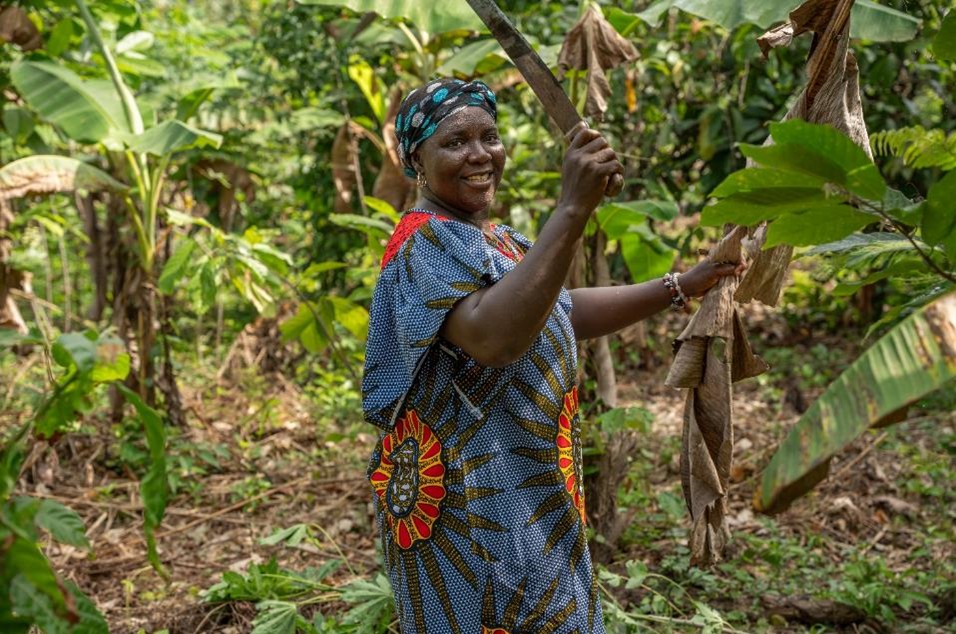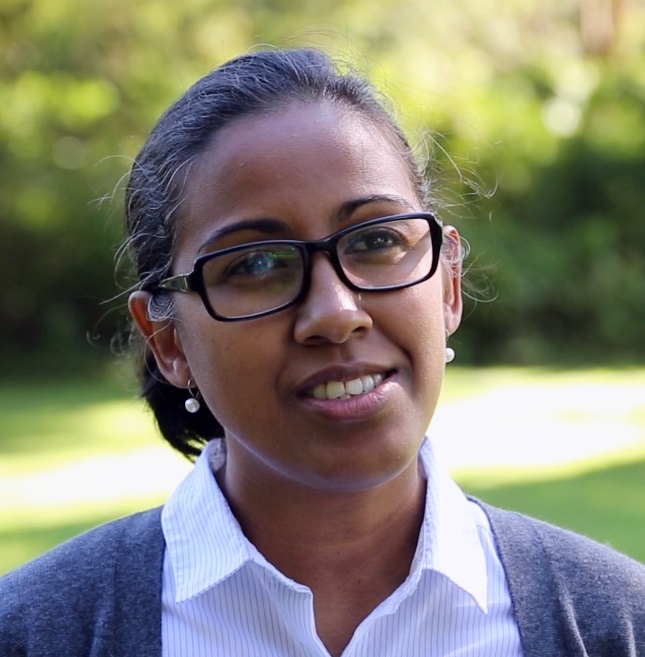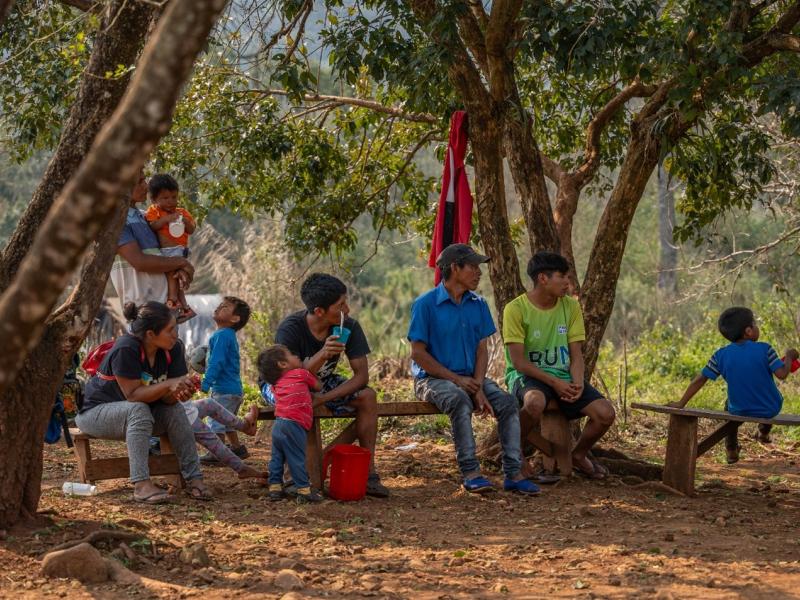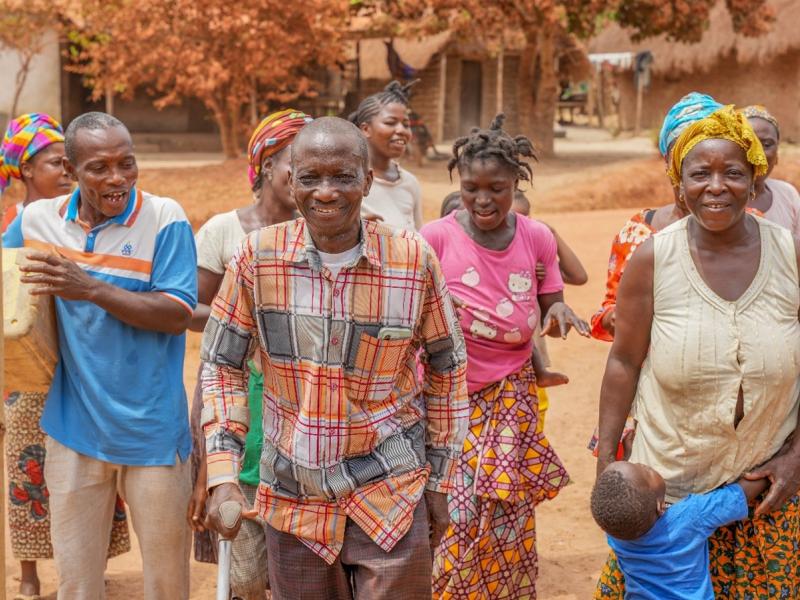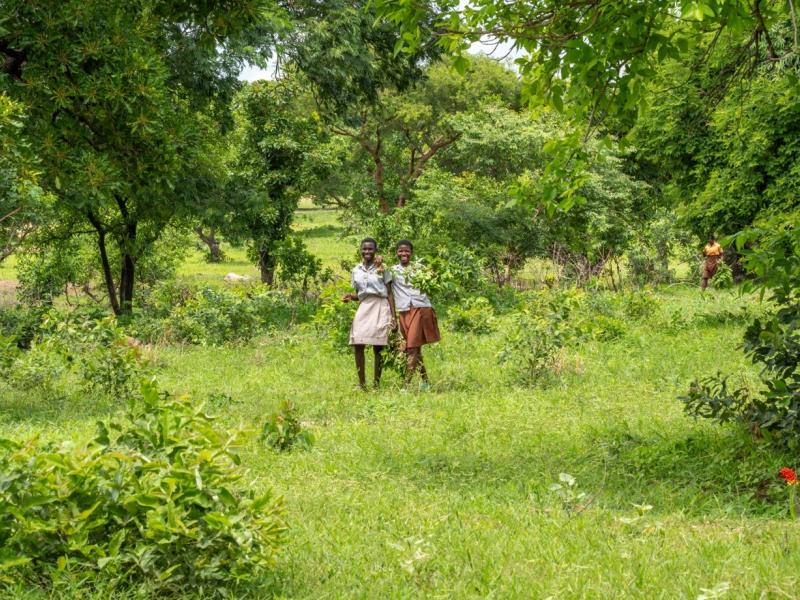©FAO / Maryia Kukharava
Faced with the growing challenges of deforestation and the degradation of agricultural lands, agroforestry and forest restoration have become a priority in several regions of Côte d'Ivoire. One of the most promising approaches in this field is the taungya system. This method combines agriculture and reforestation, providing an effective response to food security challenges, improving farmers' incomes, and combating deforestation. It allows farmers to cultivate food crops while promoting the regeneration of degraded forests.
The taungya system: a model of sustainable agriculture
©FAO / Maryia Kukharava
The origin of the taungya system dates back to 1862, when British colonists employed the Taungya tribes of Burma to establish teak plantations alongside their rice crops. In Côte d’Ivoire, as part of the PROMIRE project (Promoting deforestation-free cocoa production to reduce emissions in Côte d’Ivoire), this system has been adopted by communities and farmers to restore degraded lands and improve their economic conditions.
As the trees grow, they provide shade and protection for crops while creating habitats for numerous species, enriching biodiversity. Their deep roots stabilize the soil, reducing erosion and naturally improving fertility through leaf decomposition. This approach supports both immediate agricultural production and the long-term sustainability of the land, preparing it for future timber production.
The taungya system also offers farmers an opportunity to restore degraded forests while maintaining their livelihoods. During the early years of reforestation, they cultivate food crops such as maize, cassava, vegetables, beans, and soybeans between the young trees. This approach ensures short-term food security and economic stability, as the harvests can be consumed or sold. When the trees reach maturity, they provide additional income sources through timber production, fruit, and other forest products, securing long-term financial stability for rural communities.
©FAO / Maryia Kukharava
Proven economic benefits
In addition to increasing income, the taungya system reduces agricultural production costs. The presence of trees naturally enhances soil fertility, reducing the need for expensive chemical fertilizers. Their roots improve water retention and prevent erosion, making irrigation and land maintenance more efficient. Furthermore, the shaded microclimate they create supports natural pest control by attracting predators, thereby limiting the need for costly pesticides. These ecological benefits help lower production costs while ensuring healthier and more resilient crops.
Farmers engaged in forest restoration through the taungya system have reported significant improvements in their income and food security.
Assi Ahonon Patrice, a beneficiary of the project in the La Mé region for two years, has earned an additional annual income of approximately USD 400 by selling maize, cassava, chili peppers, okra, and eggplant harvested from his one-hectare plot managed under the taungya system. Additionally, his family was able to consume the surplus harvest, improving their diet.
"In addition to my income from my rubber plantation, my one-hectare plot where I practice taungya has also generated earnings through the sale of food crops. I must admit I was pleasantly surprised by the amount I made after selling the produce. This has allowed me to support my family’s needs and reinvest part of the money into maintaining the plot so that the next season will be even more productive," he said.
Challenges faced
Despite its many advantages, the taungya system presents certain challenges. Climate variations, particularly prolonged dry seasons and irregular rainfall, can affect both tree growth and crop yields. Farmers often struggle with crop losses due to extreme weather conditions.
"We often face crop losses during the dry season, which reduces yields. For example, at the moment, it is impossible to expect a large chili harvest due to the heat and dry soil conditions," said Assi Ahonon.
Another key challenge is ensuring that farmers have access to adequate training, technical support, and essential tools to maximize productivity. Without proper guidance, the potential benefits of agroforestry — such as improved soil fertility and diversified income — may not be fully realized.
To address these challenges, the PROMIRE project provides farmers with technical training on agroforestry best practices, equipping them with the skills needed to improve crop and tree survival rates. The project also supplies essential farming tools, helping communities restore degraded land more effectively while maintaining agricultural production. By integrating forest restoration with sustainable farming techniques, farmers can enhance both their livelihoods and the resilience of their landscapes
These activities that are a core part of Côte d’Ivoire’s efforts to combat deforestation and forest degradation align closely with the country's REDD+ strategy and national investment framework, which are currently being updated with the support of both the UN-REDD Programme and the PROMIRE project.
The PROMIRE project is jointly implemented by the Food and Agriculture Organization of the United Nations (FAO) and the Ministry of Environment, Sustainable Development, and Ecological Transition (MINEDDTE), with funding from the Green Climate Fund (GCF) and the Government of Côte d’Ivoire
